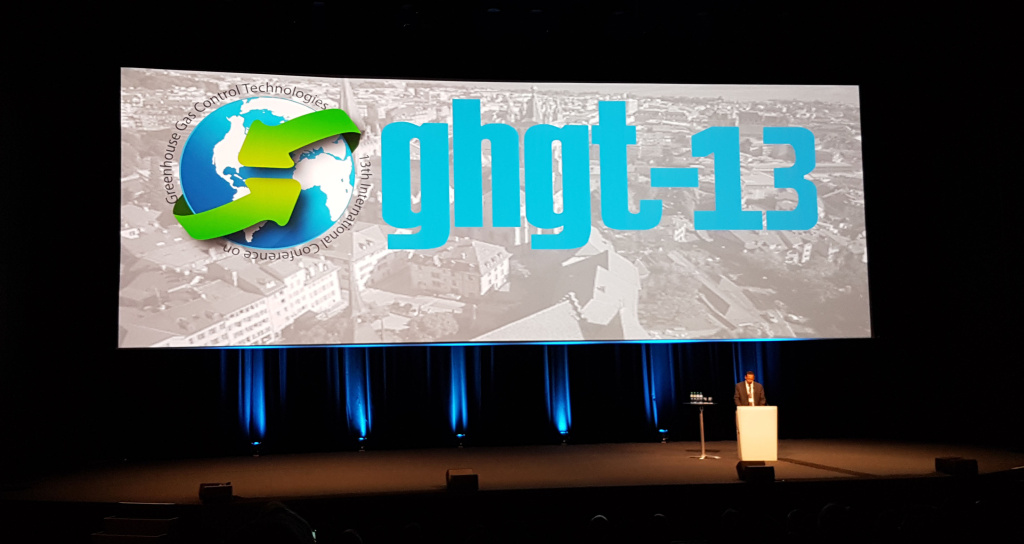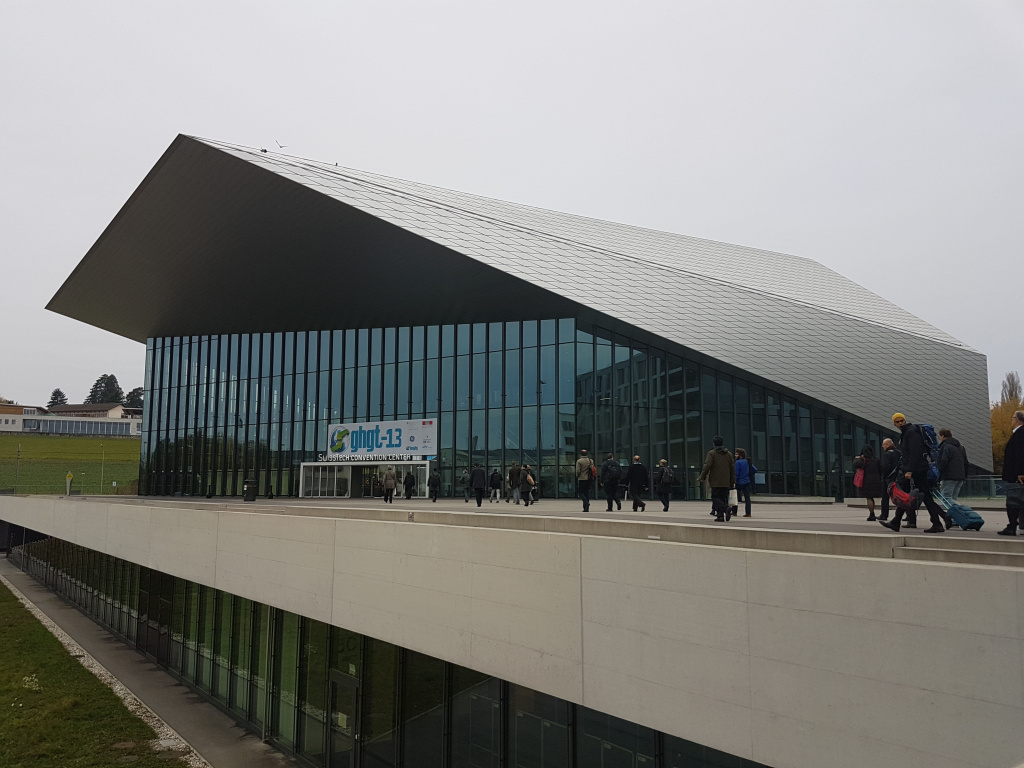At the same time as the 22nd COP meeting continues in Marrakech, the 13th Conference on Greenhouse Gas Control Technologies (GHGT-13) takes place in Lausanne, Switzerland, this week. The conference gathers some 1000 delegates from research and industry from all over the world every second year. Here, Norway stands out as one of the leading countries for pursuing full-scale CO2 capture and storage (CCS) projects.
Norwegian industry and research organizations are also heavily represented here. People seem to be quite optimistic – time is now for acting, for implementing CCS.

Or as Trude Sundset, CEO of Gassnova put it in her opening address this morning: Time isn’t now, time is up! I think we couldn’t agree more.
CO2 capture only solution for many industries

The GHGT-13 conference covers all possible topics within capture, transport, storage and utilization of CO2. Everyone finds something with matches their interest. Of special interest for several of us were several sessions on CCS from industrial sources this morning. For many of these industries, as cement, steel and pulp and paper, CO2 capture is the only technology possible for abating CO2 emissions.
Cement production itself contributes to 5-6% of all anthropogenic CO2 emissions worldwide today. Indeed, the full-scale project pursued by Norway includes three point sources of CO2 emission, which all are industrial: the waste to energy plant at Klemetsrud, Oslo; the Yara ammonium plant close to Porsgrunn; and the Norcem cement plant at Brevik.
We are investigating four CO2 capture Technologies for cement processes
At SINTEF Energy Research we are coordinating a European Union Horizon 2020 project, CEMCAP. CEMCAP investigate four different CO2 capture technologies for decarbonizing the cement production process. A separate session was during the first day dedicated to CO2 capture from cement production.
- Find out more about CEMCAP here.
- Find out more about SINTEFs expertise on CCS/CCUS.
Session chair Liv Bjerge, project manager of the Norcem CCS Project, said that although Norcem has chosen the Aker amine technology for full-scale CCS at the Norcem plant, she believes that in the future, there will be a whole palette of CO2 capture technologies for the cement industry.
Exemplifying this, CEMCAP researchers gave two presentations of techniologies aiming to be part of this palette: Matteo Romano from Politecnico de Milano presented two options for calcium looping capture, and José-Francisco Pérez-Calvo from ETH Zürich presented identification of optimum sets of operating conditions for the chilled ammonia process, when applied to cement plants. In addition to this, CEMCAP is present with five posters at the conference.

Follow us for the rest of the week
We’re looking forward to the rest of the week here in Lausanne, to present our work, learn from others and represent SINTEF and Norway. Today here in Lausanne, the sun is shining on the beautiful Lake Geneva with snow covered Alps in the background. It reminds us that this is all part of a bigger picture, of getting the world on the right track again. Time is now, time is up.
Follow us on twitter for the rest of the week:









Comments
No comments yet. Be the first to comment!